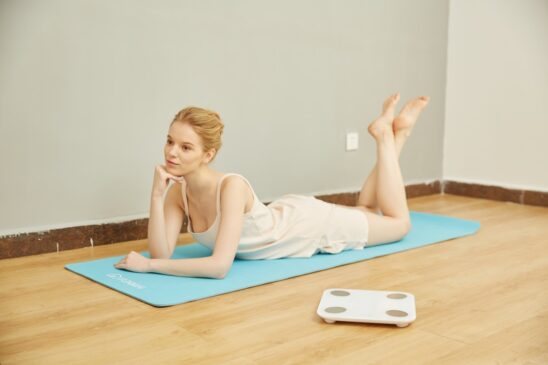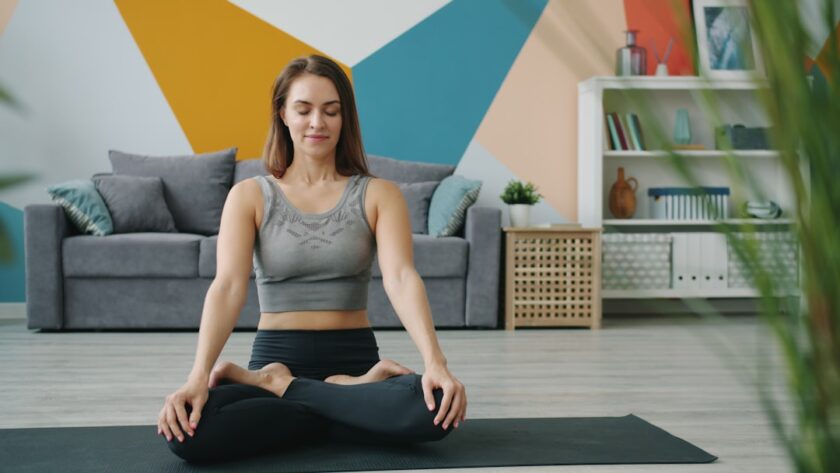The Ultimate Guide to Yoga for Beginners
Are you considering starting your yoga journey but feel overwhelmed by all the information out there? You’re not alone! Yoga is a versatile practice that welcomes people of all ages and fitness levels. This guide is here to help you navigate your way as a beginner, offering insights into the benefits of yoga, essential poses, and some practical tips to help you get started.
What is Yoga?
Yoga is an ancient practice that originated in India over 5,000 years ago. It combines physical postures, breath control, meditation, and ethical principles to promote overall well-being. Whether you seek physical fitness, mental clarity, or emotional balance, yoga can support your journey toward a healthier lifestyle.
Why Practice Yoga?
Here are some compelling reasons to consider yoga:
- Improves Flexibility: Regular practice can enhance your flexibility, helping you feel more comfortable in your body.
- Builds Strength: Many yoga poses require you to support your body weight in different ways, thereby building muscle strength.
- Enhances Posture: Yoga promotes body awareness, which can lead to improvements in your posture.
- Reduces Stress: Incorporating breathwork and meditation into your routine can help mitigate stress and anxiety.
- Boosts Mindfulness: Practicing yoga encourages you to be present and aware, fostering a stronger connection to yourself.
Getting Started: What You’ll Need
Starting yoga doesn’t require much in terms of equipment. Here’s what you’ll need:
- A Yoga Mat: A non-slip mat provides cushioning and stability during your practice.
- Comfortable Clothing: Wear breathable, stretchy clothes that allow you to move freely.
- Yoga Props: Blocks, straps, and cushions can be helpful in modifying poses, especially for beginners.
- A Water Bottle: Staying hydrated is important during any physical activity.
Essential Yoga Poses for Beginners
As a beginner, it’s beneficial to familiarize yourself with some foundational yoga poses. Here’s a list of essential poses to get you started:
1. Mountain Pose (Tadasana)
This pose is great for grounding your body and improving posture.
- Stand tall with feet together.
- Spread your toes and engage your thighs.
- Relax your shoulders and open your chest.
- Take a deep breath and raise your arms overhead.
2. Downward Facing Dog (Adho Mukha Svanasana)
This pose stretches and strengthens the entire body.
- Start in a plank position, then lift your hips up and back.
- Keep your spine straight and heels reaching towards the ground.
- Hold for a few breaths, breathing deeply.
3. Child’s Pose (Balasana)
Child’s Pose is a restorative pose that calms the mind.
- Kneel on the floor and sit back on your heels.
- Extend your arms forward and lower your torso onto your thighs.
- Rest your forehead on the mat and breathe deeply.
4. Warrior I (Virabhadrasana I)
This pose builds strength and stability while opening the hips.
- Stand with your feet wide apart, turning one foot forward.
- Bend your front knee while keeping your back leg straight.
- Raise your arms overhead, gazing forward.
Creating a Yoga Routine
Building your own yoga routine can be an exciting part of your practice. Here’s a simple plan to follow:
1. Warm-Up (5-10 Minutes)
- Start with gentle stretches and breath awareness.
- Consider poses like Cat-Cow or Seated Forward Bend.
2. Core Practice (20-30 Minutes)
- Include a series of the essential poses mentioned earlier.
- Focus on holding each pose for 3-5 breaths.
3. Cool Down (5-10 Minutes)
- Conclude with restorative poses like Child’s Pose or Supine Twist.
- End with Savasana (Corpse Pose) for relaxation.
Tips for Beginners
Getting started with yoga can feel daunting, but here are some tips to help ease you into the practice:
- Take It Slow: Don’t rush into advanced poses. Allow your body to adjust and build strength gradually.
- Listen to Your Body: Everyone’s body is different. Pay attention to how you feel and modify poses as needed.
- Seek Guidance: Consider taking classes with a certified instructor to learn proper alignment and technique.
- Practice Regularly: Consistency is key. Aim for at least two to three sessions a week.
- Enjoy the Journey: Yoga is not about perfection. Focus on your personal growth and enjoyment.
Conclusion
Yoga for beginners is a journey that can lead to profound physical and mental benefits. Start slow, embrace the learning process, and remember that each class is a step on your path. Whether you’re looking to enhance your physical fitness, improve your mental clarity, or simply find a moment of peace in your busy day, yoga can provide a sanctuary for your health and well-being.
Now that you have the essential knowledge to start your yoga journey, roll out your mat, take a deep breath, and enjoy the process of becoming more connected with yourself.



